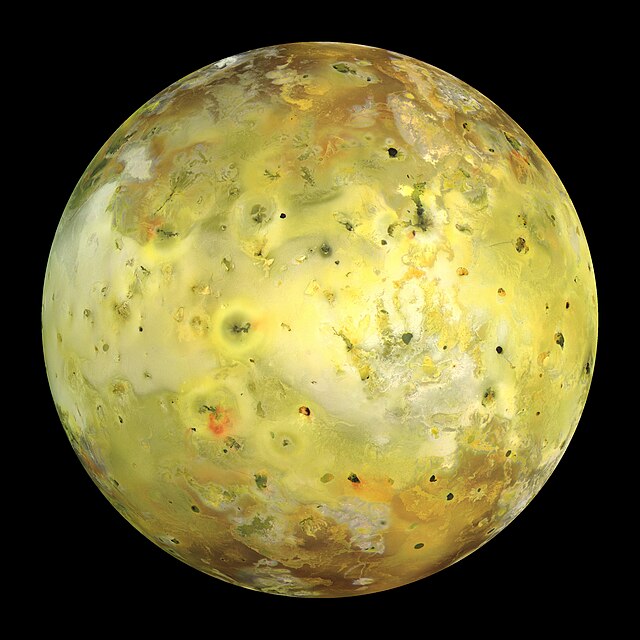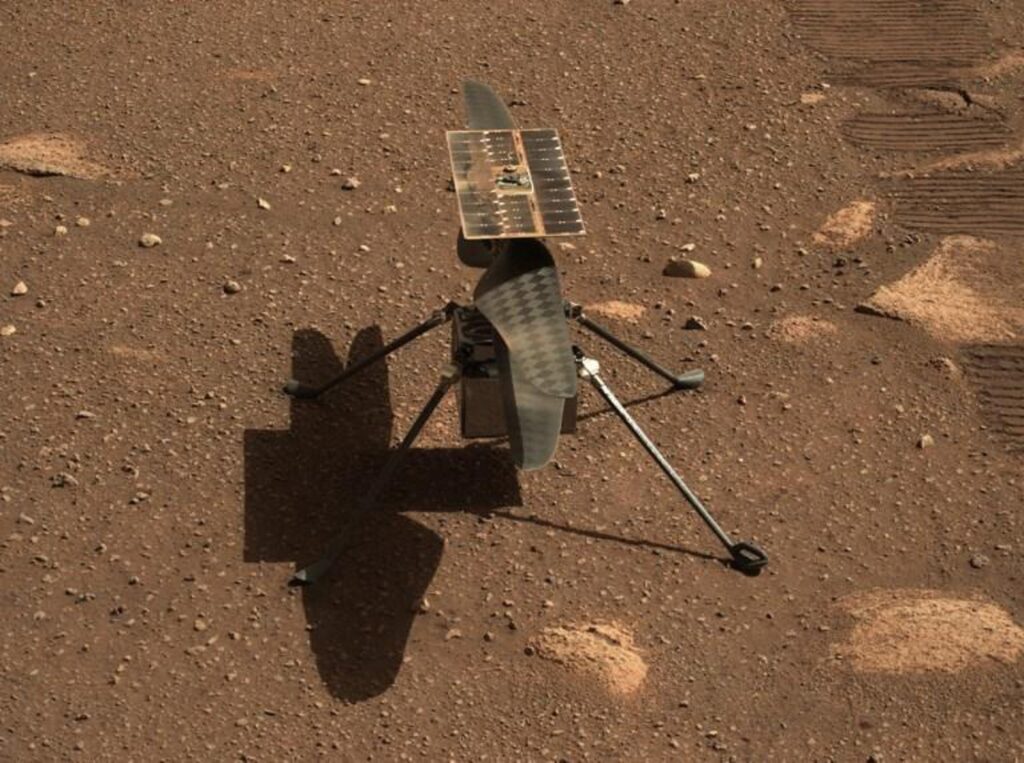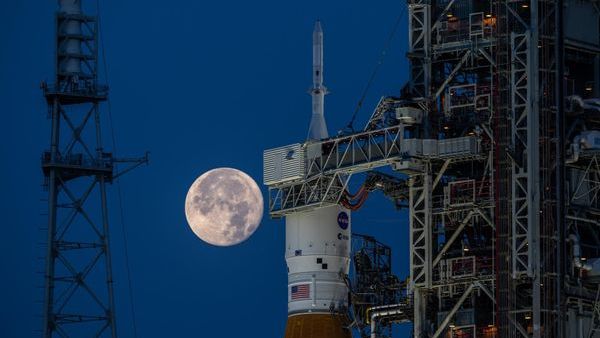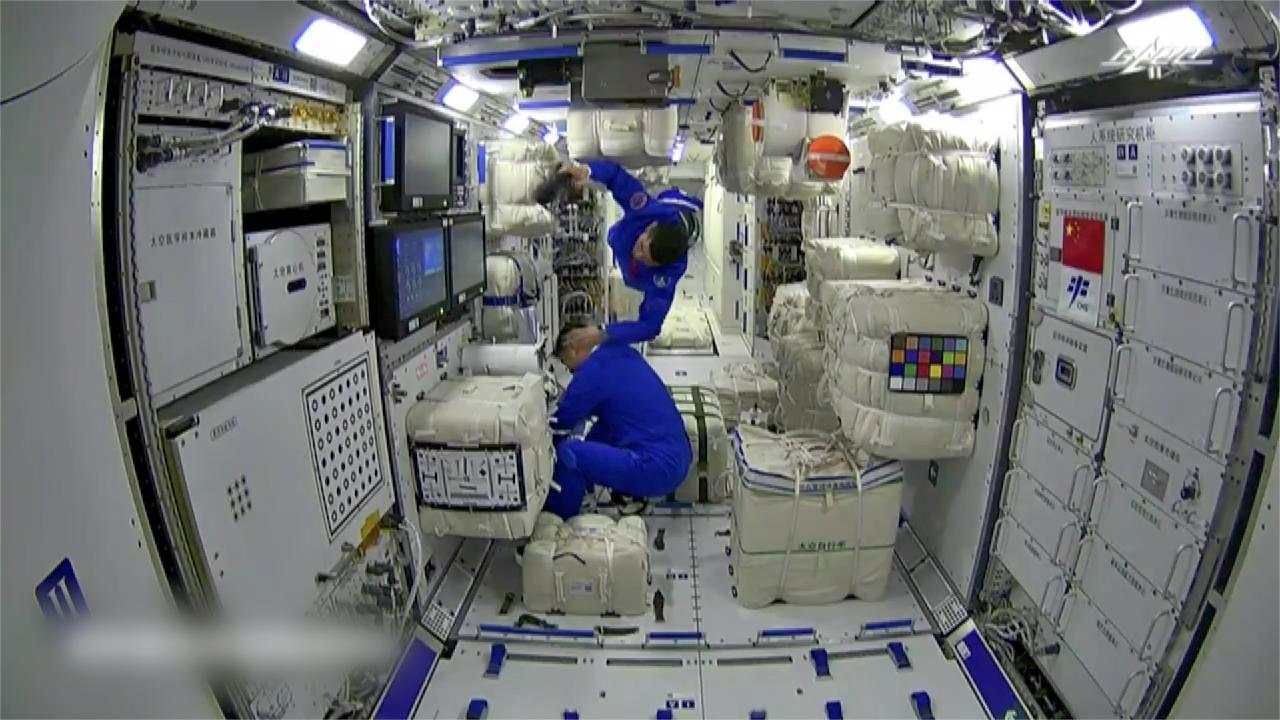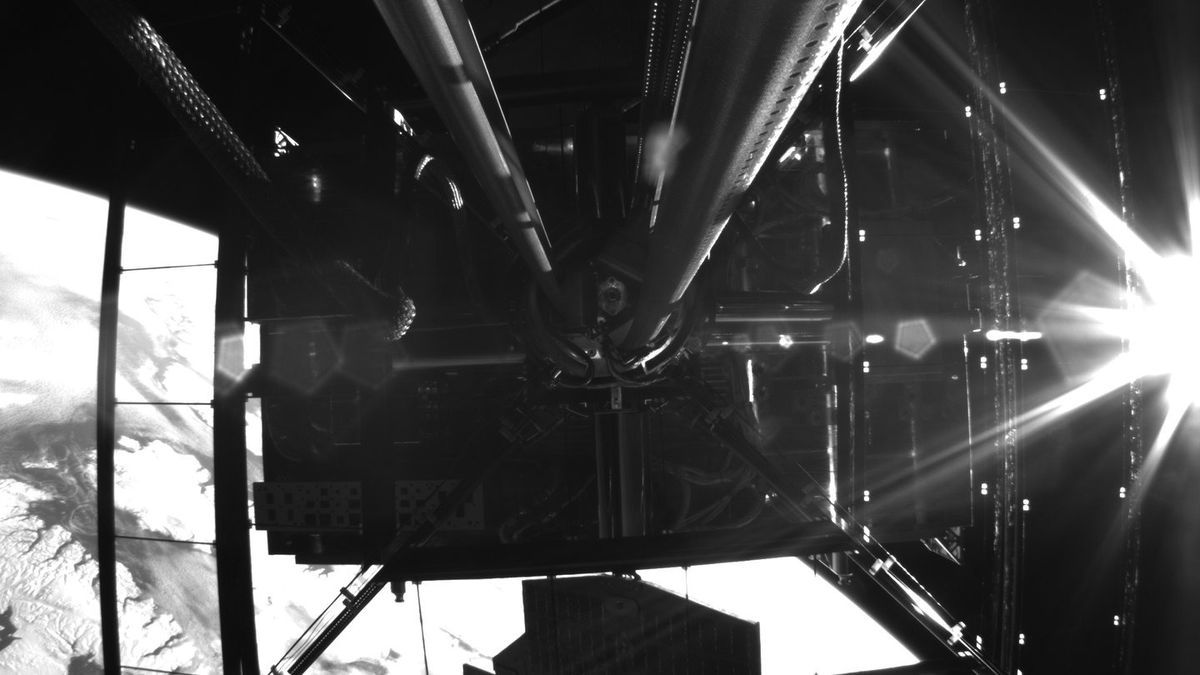NASA’s Juno spacecraft is approaching Jupiter’s moon Io for its 57th flyby since entering Jupiter’s orbit in 2016. Saturday’s orbiter will approach Io’s surface within 930 miles, offering unprecedented observations of the solar system’s most volcanic moon.
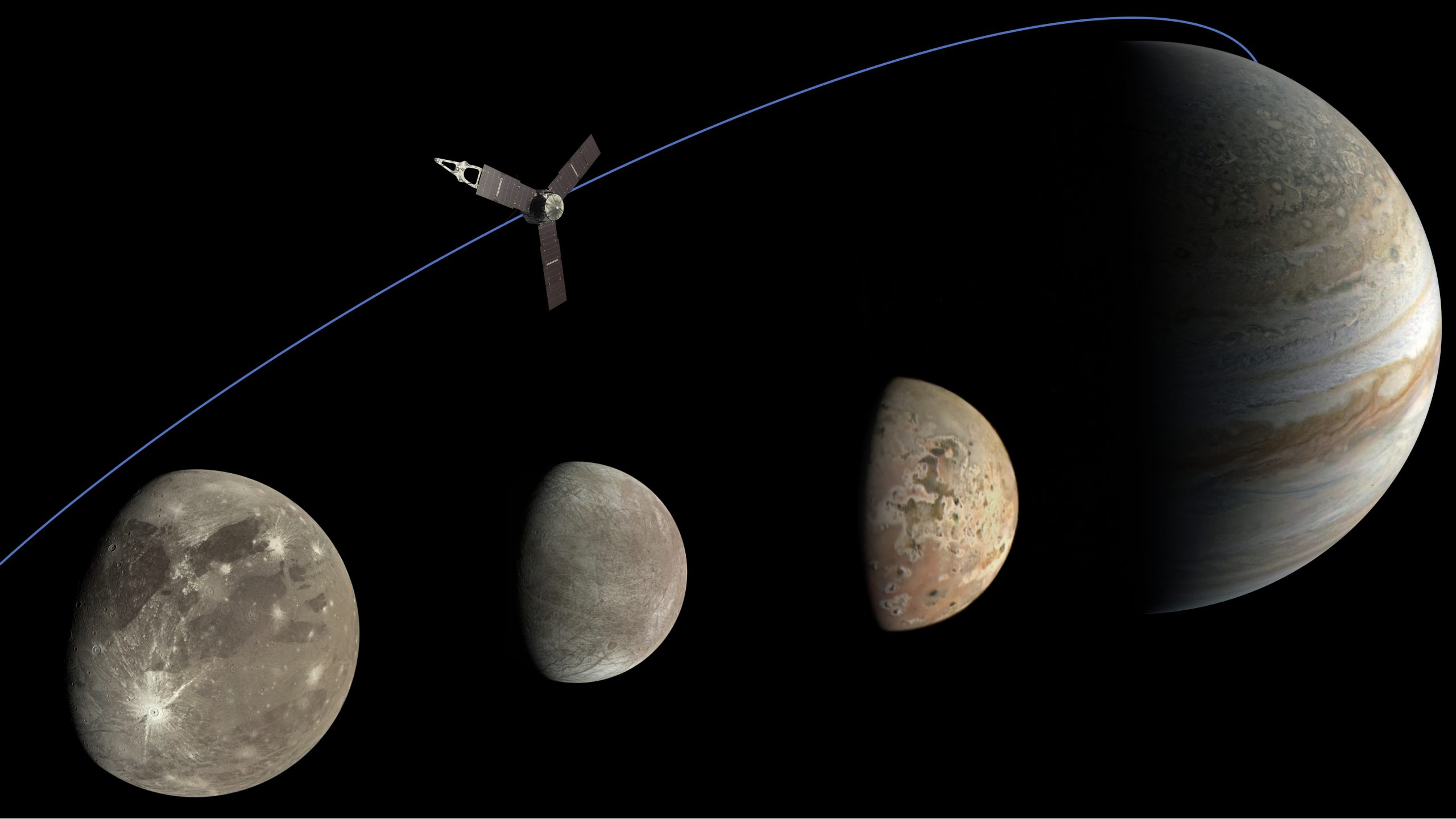
Juno’s Intensive Study of Io’s Volcanoes: Unveiling Mysteries Beyond Jupiter’s Surface
Juno is studying Io’s strong volcanoes, visible from Earth with huge telescopes. Juno’s lead investigator, Scott Bolton, said the mission goals are to study eruption frequency, brightness, heat, lava flow dynamics, and Io’s relationship to charged particles in Jupiter’s magnetosphere.
Since July 4, 2016, Juno has flown by Jupiter, Ganymede, and Europa. Juno’s investigation of Io continues with another close approach on February 3, 2024. The spacecraft has seen Io’s volcanic activity from 6,830 to 62,100 kilometers, affording unprecedented views of its poles.
The Jovian Infrared Auroral Mapper will measure volcano heat signatures, while the Stellar Reference Unit will take the highest-resolution photos of Io. JunoCam will also take visible-light color photographs during flybys.
READ ALSO: NASA to Train Indian Astronaut for ISS, Deepening Ties
Juno’s Radiant Challenges: Navigating Jupiter’s Harsh Radiation Environments Amidst Mission Hurdles
Juno faces one of the solar system’s harshest radiation conditions near Jupiter, making its mission difficult. Spacecraft can be damaged by charged particles trapped in the planet’s 16–54-fold greater magnetic field. Recent JunoCam photos showed’striping’ noise and a loss in dynamic range due to radiation.
Juno project manager Ed Hirst said the engineering team is focusing on radiation damage mitigation and imager maintenance. Despite these obstacles, Juno’s extended mission is scheduled to last until September 2025, when it may be purposely crashed into Jupiter’s atmosphere.
As Juno approaches Io, scientists eagerly await its data on the moon’s volcanic activity and Jupiter’s complicated system.
READ ALSO: NASA Orbiter Set for Close Encounter With Jupiter’s Fiery Io
